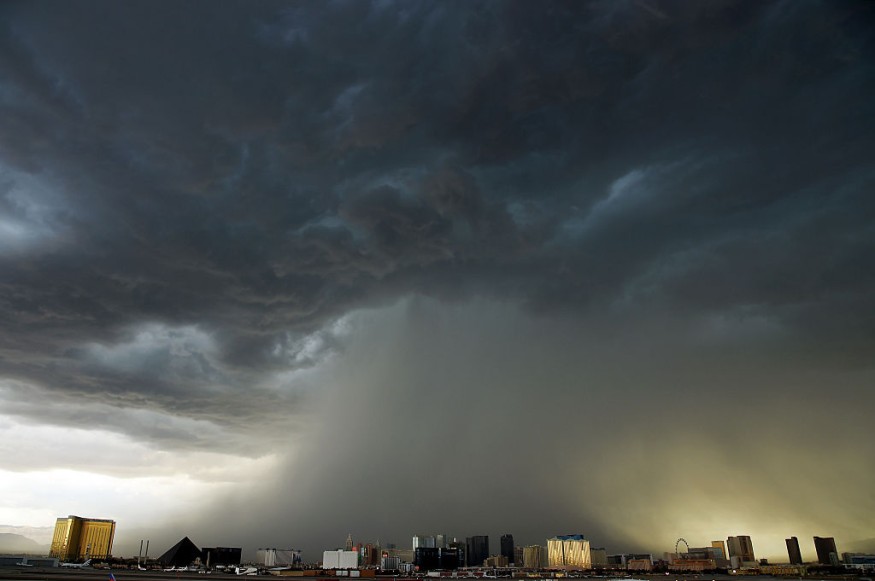After over 20,000 people lost power during the Valley monsoon rains, power is largely back on. After thousands of individuals lost power amid early morning monsoon storms across the Valley, most people now have electricity access.

Many Still Left Powerless
Unfortunately, there are customers across APS and SRP still without power. Early on Thursday morning, monsoon rains flooded the Phoenix metro area, leading power providers, transit authorities, and meteorologists to scurry.
Storms persisted into Thursday, and severe weather is predicted for the afternoon and evening in Flagstaff, Prescott, and Kingman.
Also Read : Atlantic Hurricane Season to Peak this Month
Monsoon Season
The Arabic word "mausim," which means season, is where the word "monsoon" originates. This is a good way to characterize the time of year when desert rainstorms are more frequent.
Marvin Percha, a meteorologist of the National Weather Service, defined a monsoon as a significant alteration in the general weather pattern.
The monsoon season in Arizona typically lasts from June through September. The National Weather Service has set the dates from June 15 to September 30 since 2008.
Don't be alarmed if rainy weather doesn't coincide exactly with those start and end dates; these dates indicate a higher likelihood of storms.
There are a few things at work to provide the right circumstances for rain. The two major factors are wind direction, moisture content, and midday heating.
During the summer, the wind shifts from the south to the southeast. To the north, streams are produced by the moisture from the Pacific Ocean and the Gulf of Mexico. The ingredients are right for monsoon storms when you combine this with the heat of the day in Arizona, which produces rising air or low pressure.
Going Powerless
Strong winds, lightning, torrential rain, and other forms of extreme weather can knock down power lines, throw debris into overhead power lines, flood equipment used to generate electricity, damage insulation, and other things resulting in power outages and disruptions.
The concept of the power going out gets even more unsettling as we grow more and more reliant on technology and electricity. One thing is a brief outage of electricity during a storm, but being in the dark for several hours or days can cause terror and hysteria. During a 25-hour power outage in New York City in 1977, more than 1,000 fires were started, and more than 1,500 establishments were robbed.
While certain regions of the world are more susceptible to severe weather than others, everyone has probably had a power loss due to bad weather. Why are intense storms still able to knock out electricity in this day and age, with all the risks associated with power outages?
Staying Safe
Rainfall offers a reprieve from the summer's oppressive heat. But the monsoons also bring certain undesirable illnesses. Infections, fevers, and coughs are frequent during the rainy season. The wet season increases your risk of becoming ill. Therefore, among many other issues, the growing expense of medical care you may experience if you get sick could cause physical and mental strain.
Related Article : Exposure to Major Disasters Can Cause Long-Term Mental Health Problems
For more climate and weather updates, don't forget to follow Nature World News!
© 2026 NatureWorldNews.com All rights reserved. Do not reproduce without permission.





